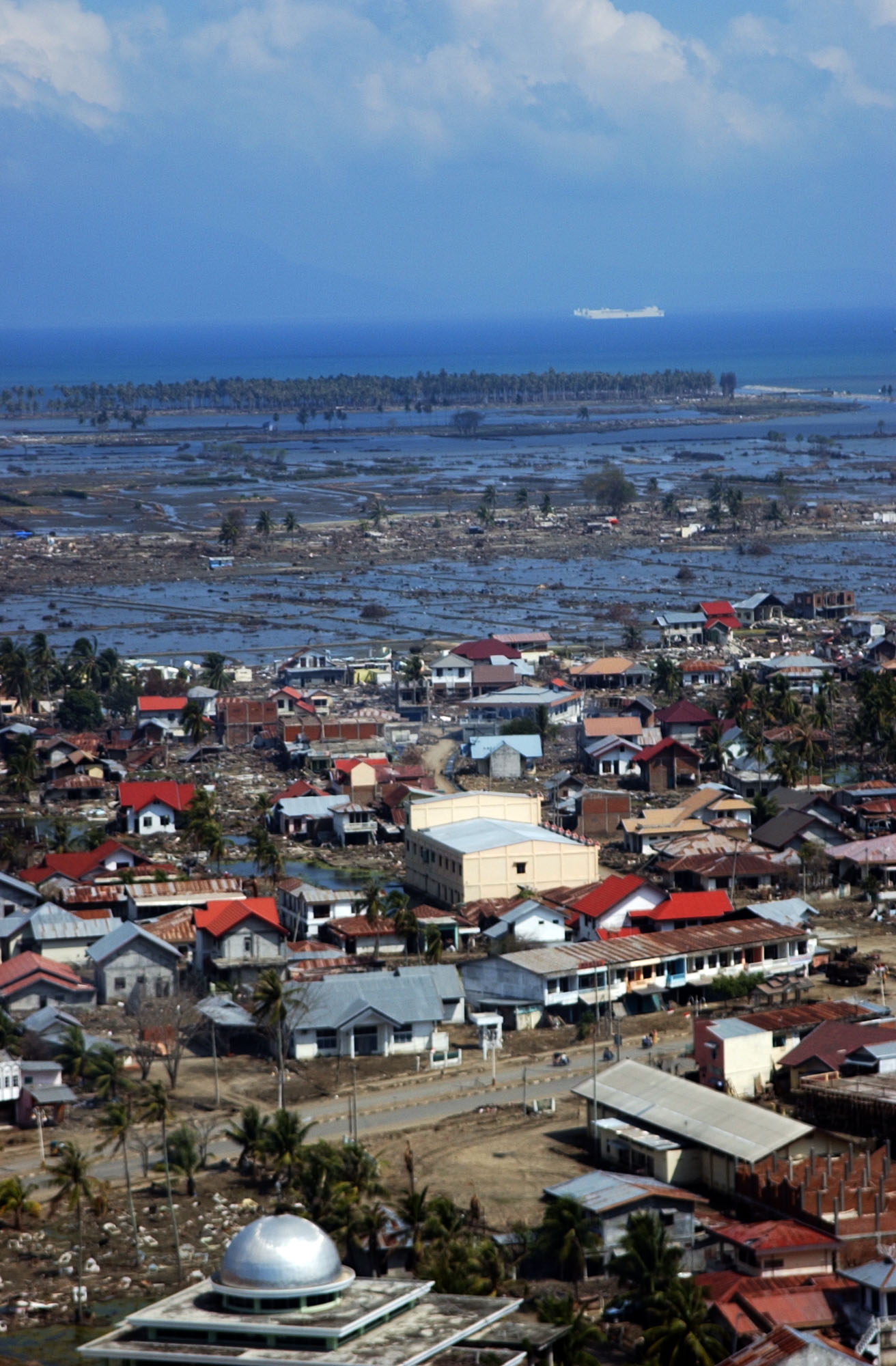VolunTourism Defined:
"The conscious, seamlessly integrated combination of voluntary service to a destination and the best, traditional elements of travel — arts, culture, geography, history and recreation — in that destination".
From www.voluntourism.org
"The conscious, seamlessly integrated combination of voluntary service to a destination and the best, traditional elements of travel — arts, culture, geography, history and recreation — in that destination".
Have you ever wanted to "give something back" while travelling? Feel like immersing yourself in another culture while bringing about some positive change in the world? A phenomenon not just limited to kibbutz workers or gap year students, people of all ages and abilities can participate in what can be a life-changing and highly rewarding experience – volunteering while on holiday. Whether you have just a few days or several months to spare somebody somewhere could benefit from your time, your skills, your energy and enthusiasm.
Maybe you've been moved by the plight of beggars or homeless children during a previous city break. Perhaps you've been inspired while trekking, diving, snorkelling or even just visiting a zoo and would like to help with environmental issues. You might have been touched when seeing a natural disaster unfold on the television. Opportunities abound in domains as varied as healthcare and community development, conservation (land or sea), and teaching or sports coaching, to name just a few. A quick internet search brings up many organisations. Some are free, others ask for donations, and some operate as profitable businesses. They may be faith-based or government supported, and may target seniors or teens. Some place the accent more on the holiday facet, while others will emphasis the volunteering aspect. Some of the best projects will be those where you are simply donating your time and labour and not using your professional skills.
The choice of place and activity will depend on a number of factors. The amount of time you have available (not much time? – choose a destination close to home); your preference of location (already speak Spanish, want to learn Spanish? why not choose South America); and whether you prefer a foreign-run organisation or a local one (a local organisation might be cheaper, but could be less reliable). Check testimonials from previous volunteers, and/or post a query in a forum to see what people are saying about their experiences. The most expensive options are often the for-profit companies who act as an intermediary and will place you with the non-profit organisation for which you will be volunteering; they will assess your skills, provide orientation briefings and arrange local accommodation. A cheaper option is to do your own research and pick a charity yourself, but smaller scale ones may not have the manpower or the time to help you organise your vacation. An online resource centre like www.idealist.org can help you make informed decisions about volunteering in another country.
If this all sounds like too much hard work you can always fall back on responsible travel, which supports cultural and environmental protection, equitable benefit sharing, and the alleviation of poverty. You can make a difference while travelling by simply choosing responsible suppliers (hotels, restaurants, cultural activities etc.) who have developed services and products while keeping in mind the conservation of heritage and the empowerment of local communities and disadvantaged groups. A good place to start in the South East Asian region is www.mekongresponsibletourism.org.
Coming back to voluntourism, how can you justify volunteering in another country when there are so many needs in our own local communities? Taking a break from our normal lives; a need for adventure or a change of scene; cultural curiosity; sharing one's faith or supporting a cause you believe in; and being a cultural ambassador are just some of the many reasons for which people participate in volunteer tourism. You will also learn about local problems from the inside, rather than via the media. But isn't it just a 'guilt trip'? Can such a short stay really help, really make a difference? Maybe yes, maybe not. But you'll probably get even more out of your stay than the locals, and it will likely inspire you to do more volunteering, at home or abroad.
You may also worry that volunteering abroad can be seen as a modern-day form of colonialism, but think of your time abroad as a partnership and the chance to learn from another community rather than the occasion to impose 'superior' developed world strategies and resources. Be open-minded to other cultures, and realistic about what you can achieve in such a short period of time. And finally, remember – you have as much to learn as you do to give.
A few useful links:
Hands up holidays (travel company)
Voluntourism Gal - blog on the voluntourism industry
Wikipedia definition
and many more...
For a list of useful books click here.
 |
| Tree-planting in Korea |
If you live in Korea and want to travel in the country and volunteer try WWOOF. World Wide Opportunities on Organic Farms is an exchange volunteer system where participants can homestay in exchange for helping the host. Possible all year round, a programme typically lasts 1-2 weeks, but can extend up to several months. WWOOF Korea has been a chapter of the global organisation since 1996. Daily chores may include harvesting produce, weeding and seeding, milking, cleaning animal pens, and digging trenches! http://koreawwoof.com
 |
| making kimchi for charity |
This article was originally published in the October-November 2011 issue of SIWA's Discovery magazine (pages 13-14).
































































